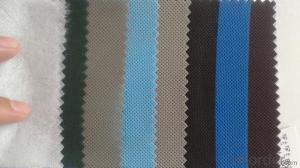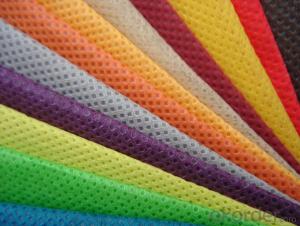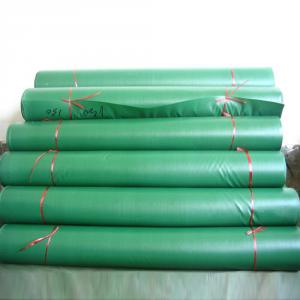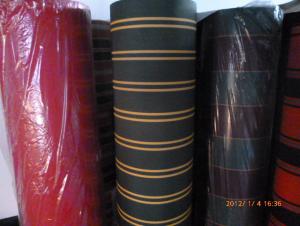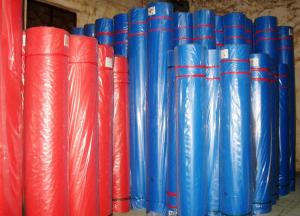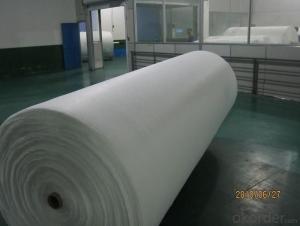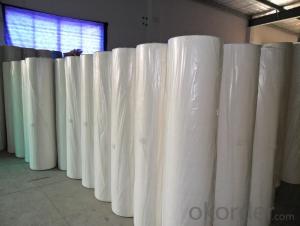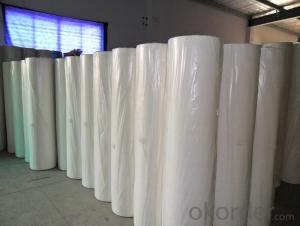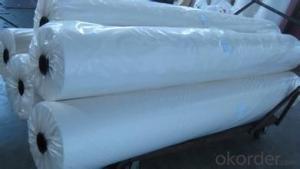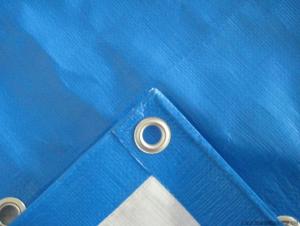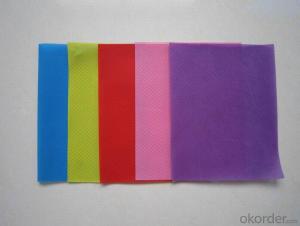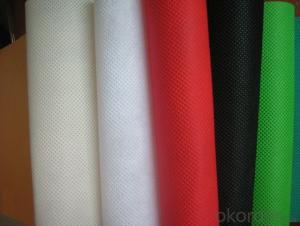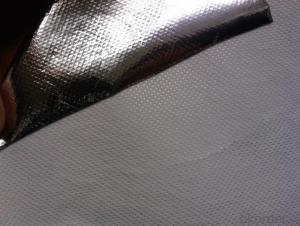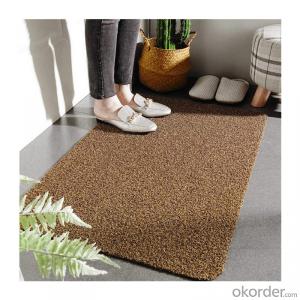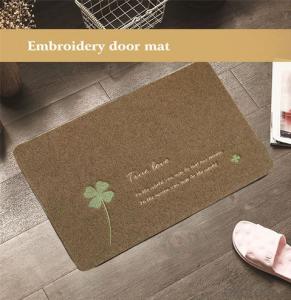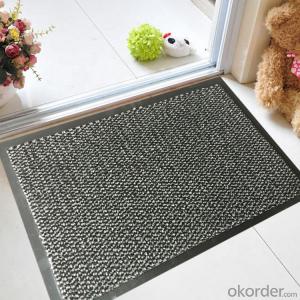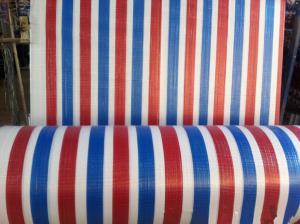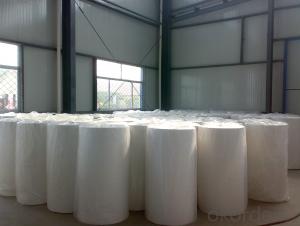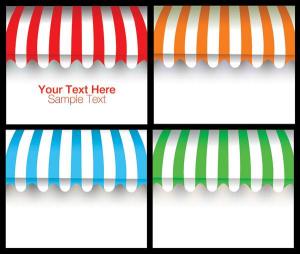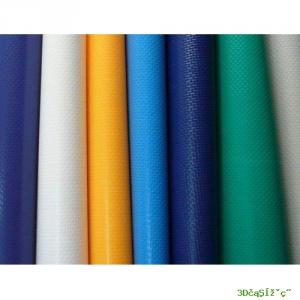Non-woven Fabric for Agriculture PP/polypropylene
- Loading Port:
- Shanghai
- Payment Terms:
- TT OR LC
- Min Order Qty:
- 2000 m²
- Supply Capability:
- 500000 m²/month
OKorder Service Pledge
OKorder Financial Service
You Might Also Like
White spunbond PP non-woven fabric in Rolls
Introduction:
This is a plastic polymer, whose chemical composition is C3H6. The advantages of this type of plastic is the high melting point, compared with many other plastics. This gives the material a washable feature and provides heat to melt the ink and transfers heat to the fabric for logo printing. Polypropylene can also be easily dyed, which explains why this material is very popular for making reusable shopping bags
Specification:
Composition | 100%polypropylene non woven fabric material |
Weight(GSM) | 9-200g/m2 |
Max width(CM) | 1.6/2.4/3.2m, max width 36m by Ultrasonic welding Cut to custom size 1*1m 1.2*1.8m etc.
|
Roll Diameter(CM) | 2"(50.8mm) ,3"(76.2mm) |
Colors | Various colors are available, never fade |
MOQ(Tons) | 1 ton per color |
Payment | 30% deposit beforehand |
Delivery Time | 3-7 days after all confirmation |
Price Terms | FOB(Qingdao), CFR, CIF |
Outpacking | Wrapped by poly bay, inside with paper tube |
Supply Ability | 23 tons per day |
Characteristics | Excellent soft, Non-toxic, Water-resistant, Air permeable, Excellent property of processing |
Functional Treatments | Hydrophobic, Hydrophilic, Antibacterial, Fire retardant, Compounded, Laminative etc. |
Applications: | 1) Shopping bags,tablecloth,compund packing material,filter material 2) Medical field: Face mask; Surgical gown, protective colthes, operation cover, cap, shoe cover, bed sheet etc. 3) Sanitary and Health: Baby & adult diaper, feminie hygiene, hygiene pad, spron, incontinece pad etc 4)Agriculture and horticulture covers 5)Usage:widely used alone or as components of apparel, home furnishings, health care, engineering, industrial and consumer goods etc. |
Typical Application:


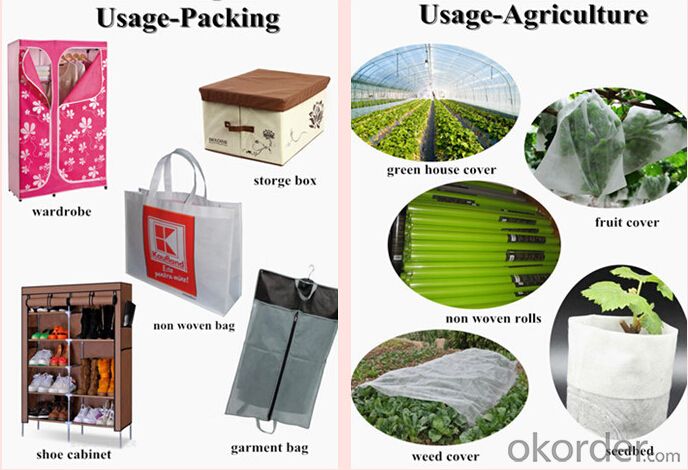
Container Loading:
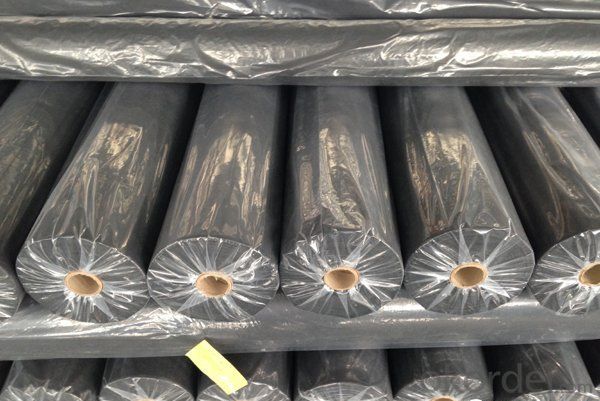
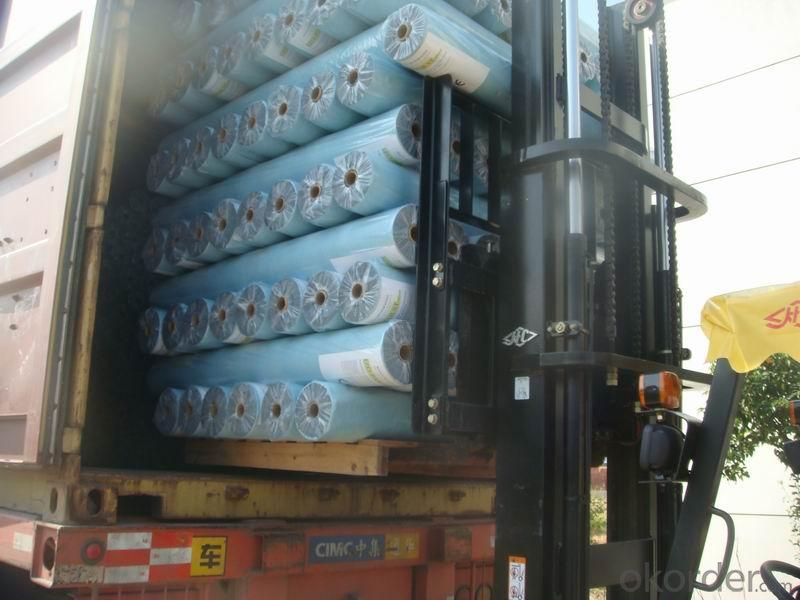
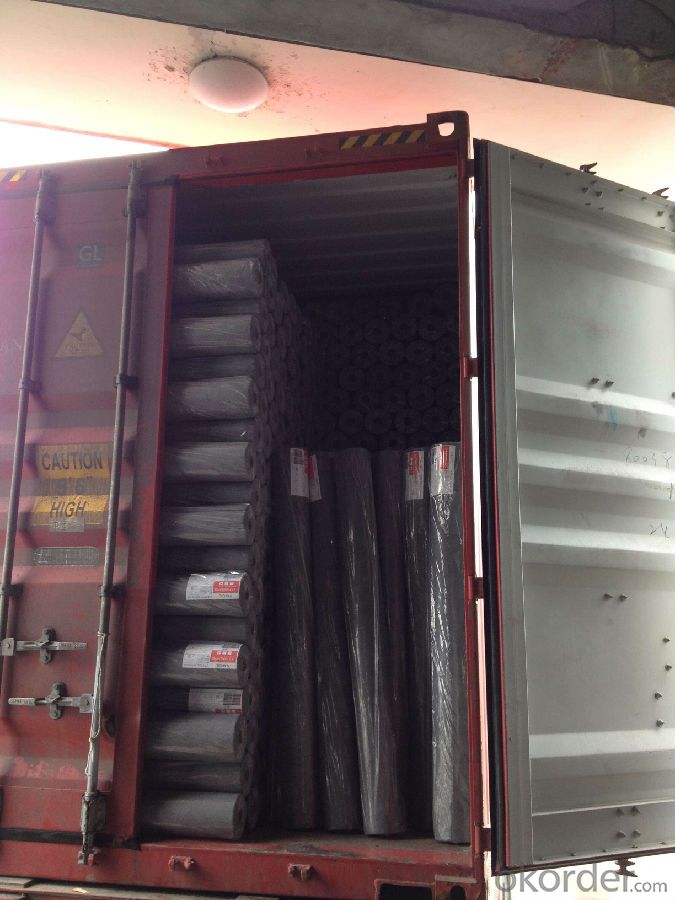
FAQ:
1. Where is your factory located in?
Our factory is located in Jiangsu province, close to Shanghai.
2. Have you ever been export?
Yes, our product has been exported to many countries.
3. Can we get samples?
Yes, we are free for samples, what you need to assume is freight charge.
- Q:How to make fibrous textiles for waste plastic bottles?
- Jiangsu, a textile company to Beijing during the Olympic Games recycling waste plastic beverage bottles, the use of some surprising, the production of sports textile products! At the same time, Zhejiang Xiaoshan four companies at home and abroad extensive acquisition of waste plastic bottles, processed into fiber and then exported, one year consumption of 1 billion plastic bottles, the annual output value of over 500 million yuan
- Q:What kind of textile is China's export to the United States?
- China's exports to the United States of textile clothing, clothing accounted for about 70%, about 30% of textiles. In 2006, China's textile and garment exports to the United States reached 21.9 billion US dollars, an increase of 18%, of which clothing was 16.3 billion US dollars, accounting for 74% of all exports to the United States; textiles for 5.6 billion US dollars, accounting for 26% The
- Q:Textile industry after finishing what pollution, especially air pollution
- Hello I am a person engaged in the field of environmental science sewage remediation industry a year first said that the current government sewage on the enterprise requirements for the main COD and ammonia nitrogen because the two will cause serious harm to the river
- Q:Textile industry belongs to the first few industries
- The secondary industry refers to industries that need to be processed from natural sources to produce new products, usually referred to as industry, such as manufacturing, construction, etc.
- Q:Why can the oil industry be used as raw materials for the textile industry?
- Textile raw materials is taken from the general terms of spinning and weaving, but with the textile knowledge system and the continuous development and improvement of the discipline system, especially non-woven textile materials and three-dimensional composite weaving and other technologies, the textile is now not only traditional Hand-spinning and weaving, including non-woven technology, modern three-dimensional weaving technology, modern electrostatic nano-network technology, so modern textile is a fiber or fiber aggregate multi-scale structure processing technology [1-2 ]
- Q:Development of Textile Fibers.
- From the domestic economic environment, domestic demand will become an important driving force for industry growth. At present, about 80% of Chinese textile consumption in the country. With the sustained and rapid growth of the domestic economy, the stability of residents' income will boost the further development of the domestic market.
- Q:How to detect formaldehyde content of textiles?
- Textiles in the production process to go through pre-treatment, printing and dyeing, finishing and other multi-channel processing procedures, resulting in the presence of residual formaldehyde in textiles.
- Q:How does the chemical composition of the textile be analyzed?
- Cotton, hemp, wool (sheep, rabbit), silk, polyester, viscose, spandex, nylon, cashmere and so on
- Q:What is the earliest textile tool?
- This oblique loom already has a rack, the plane and the level of the seat into a fifty or sixty degrees of tilt. Application of the principle of leverage, with two treads were driven two clues, weaver with a long and a short pedal (rod), were driven
- Q:What is the amount of alkali in the textile mill
- Silk is the softest and most breathable raw material for all textile materials. The polyester is a synthetic fiber, non-hygroscopic, airtight, feel rough
1. Manufacturer Overview |
|
|---|---|
| Location | |
| Year Established | |
| Annual Output Value | |
| Main Markets | |
| Company Certifications | |
2. Manufacturer Certificates |
|
|---|---|
| a) Certification Name | |
| Range | |
| Reference | |
| Validity Period | |
3. Manufacturer Capability |
|
|---|---|
| a)Trade Capacity | |
| Nearest Port | |
| Export Percentage | |
| No.of Employees in Trade Department | |
| Language Spoken: | |
| b)Factory Information | |
| Factory Size: | |
| No. of Production Lines | |
| Contract Manufacturing | |
| Product Price Range | |
Send your message to us
Non-woven Fabric for Agriculture PP/polypropylene
- Loading Port:
- Shanghai
- Payment Terms:
- TT OR LC
- Min Order Qty:
- 2000 m²
- Supply Capability:
- 500000 m²/month
OKorder Service Pledge
OKorder Financial Service
Similar products
New products
Hot products
Related keywords
